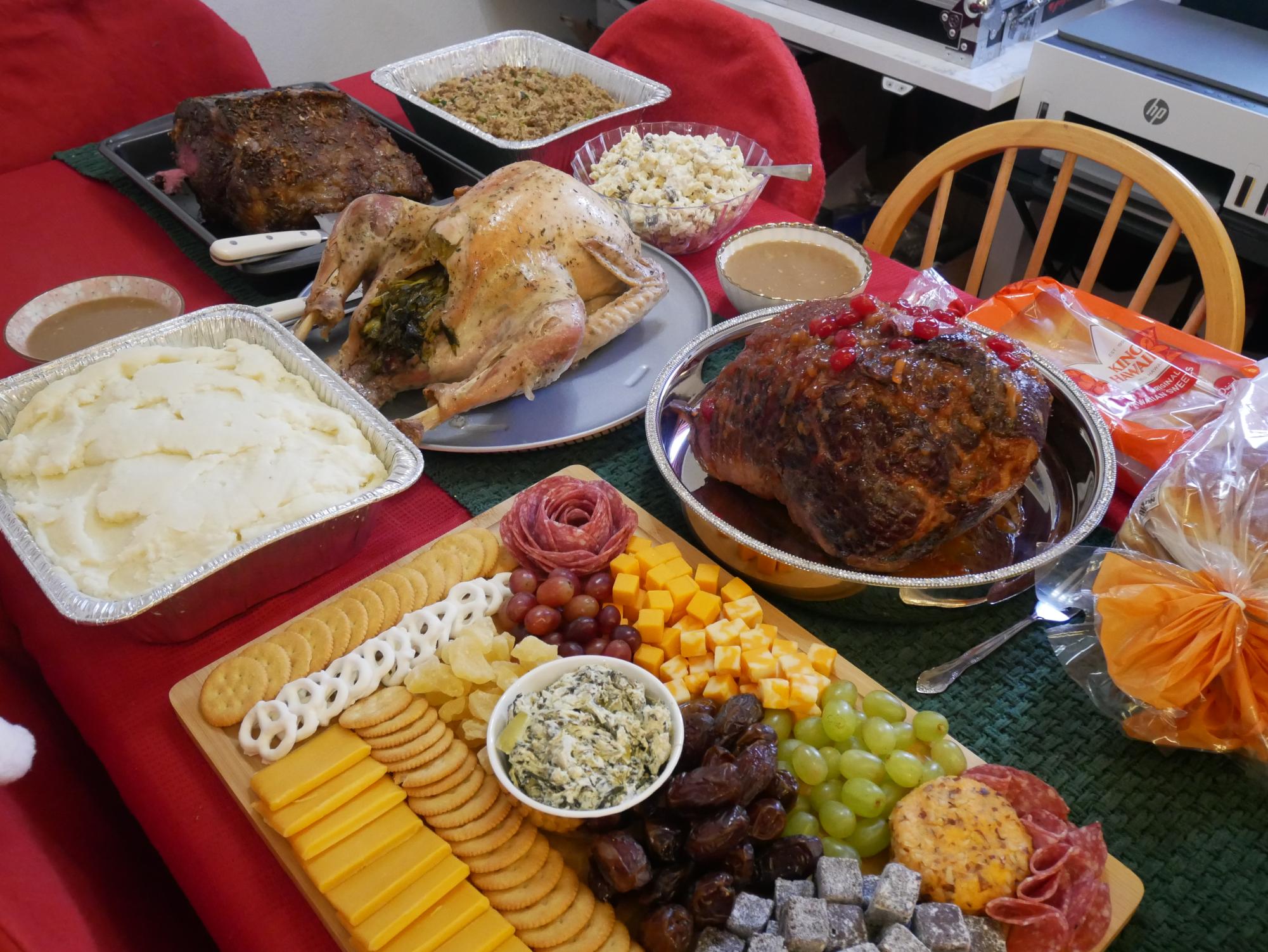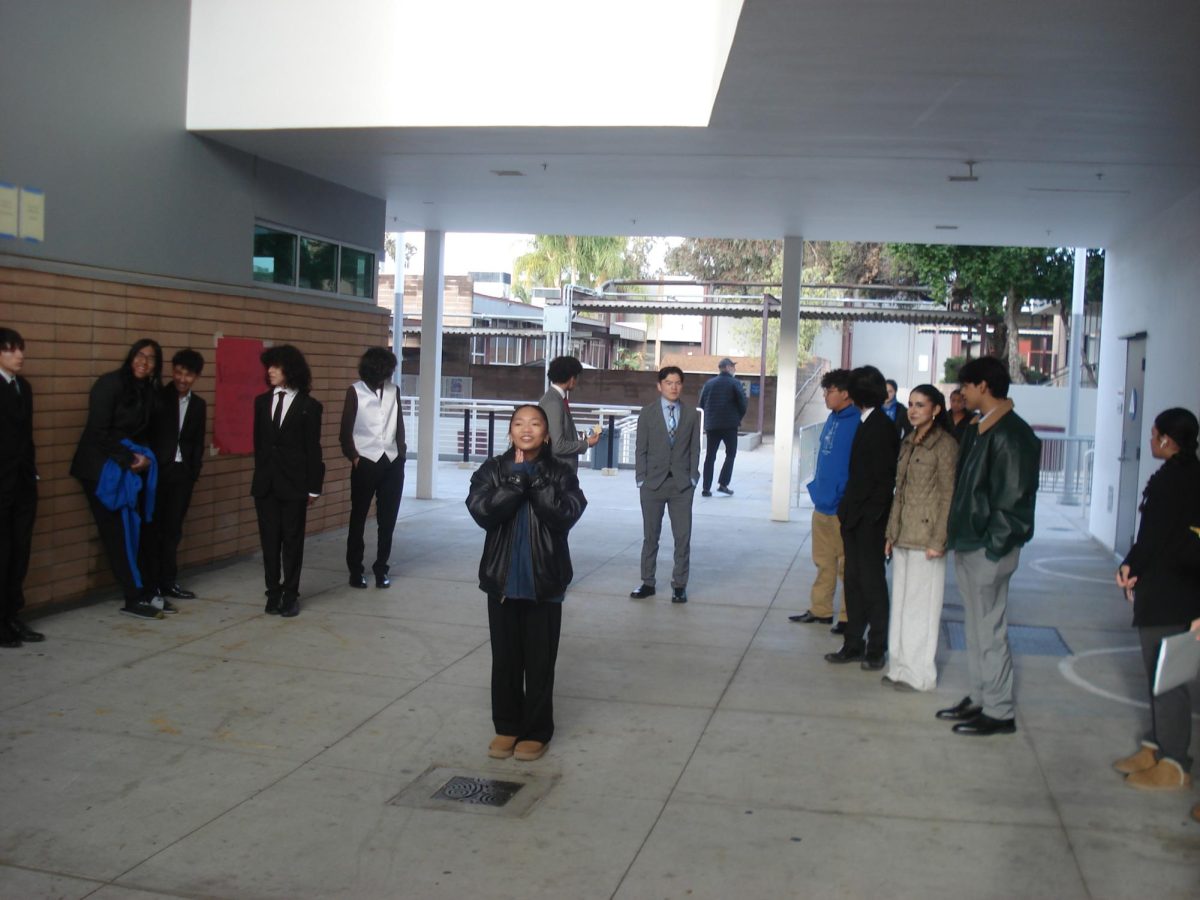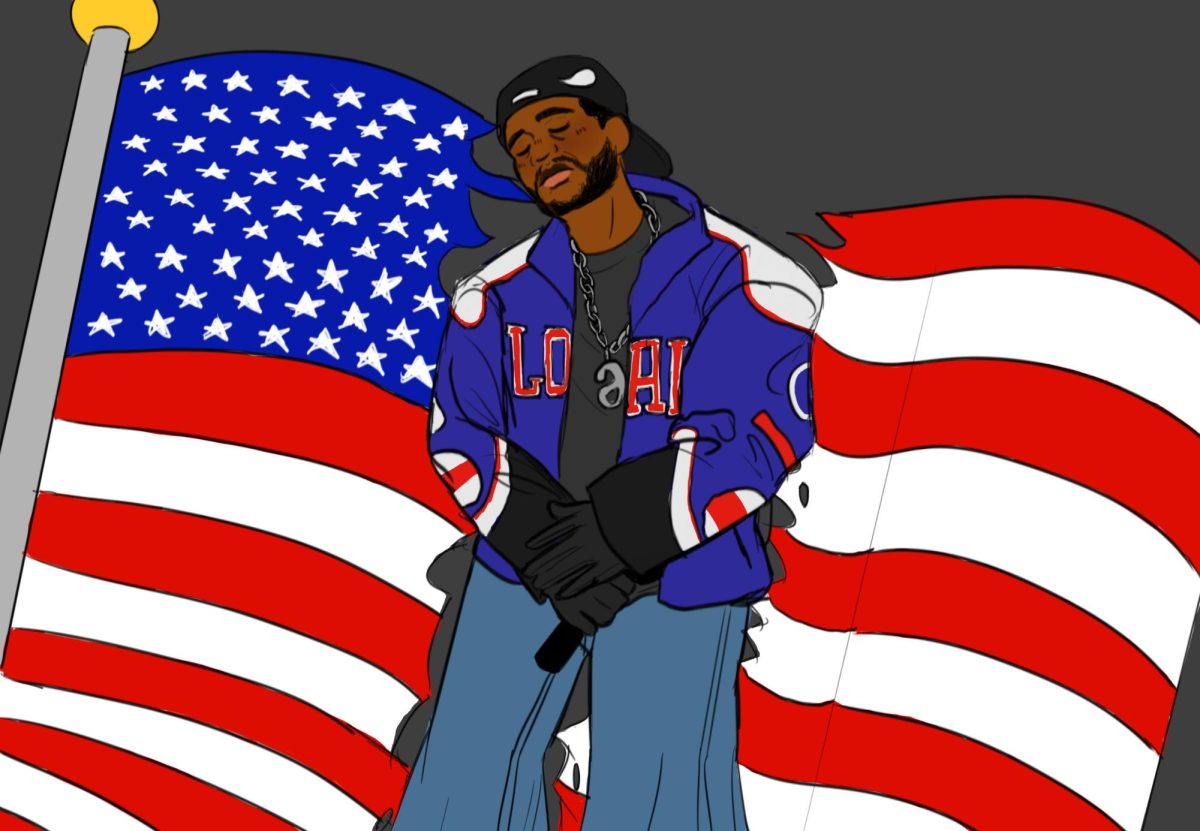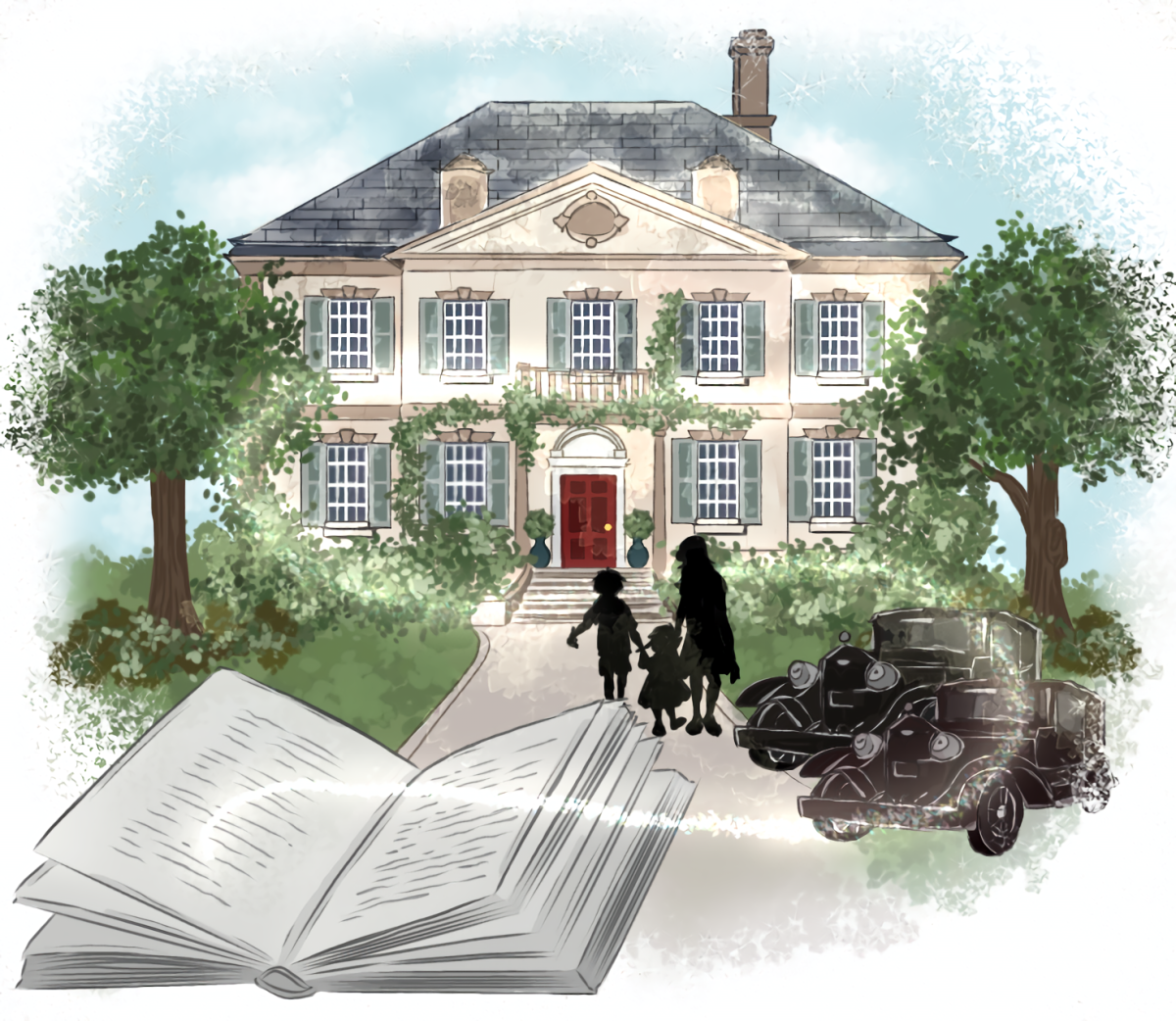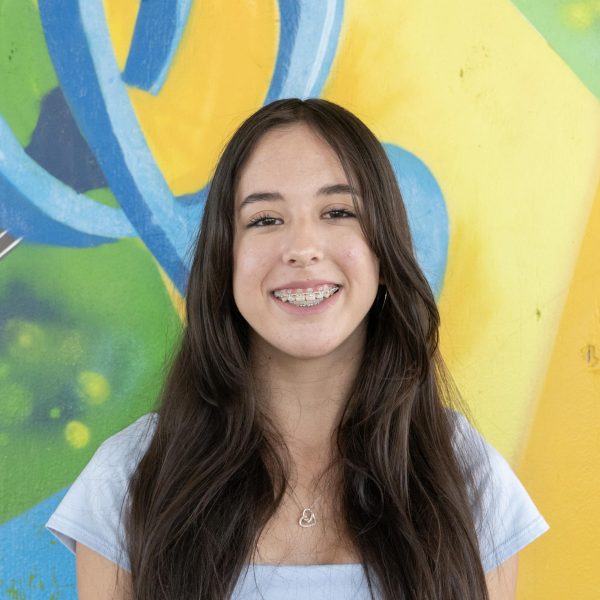Every fourth Thursday of Nov., millions in the U.S. gather around tables laden with turkey, stuffing, and pumpkin pie, sharing a common gratitude. Thanksgiving, often seen as a time to honor community and abundance, carries a profound historical context frequently overshadowed by sanitized narratives and commercialized celebrations. For a day centered around giving thanks, it is painfully ironic that the contributions of Indigenous peoples rarely earn recognition that accurately reflects the holiday’s origin.
The widely circulated story of Thanksgiving began in 1621 when the Pilgrims and the Wampanoag people shared a feast in Plymouth, Massachusetts to celebrate a bountiful harvest. This narrative often portrays a harmonious interaction between colonists and Indigenous peoples. While it is true that a harvest celebration occurred, the event’s context is far more nuanced.
A tribe called the Wampanoag, led by Sachem Massasoit, assisted the Pilgrims during their first brutal winter, teaching them agricultural techniques and helping them survive. However, this act of solidarity came amidst political and social pressures, author Charles Mann explains in his book “1491: New Revelations of the Americas Before Columbus.” The Wampanoag sought alliances to protect themselves from rival tribes and the increasing encroachment of European settlers. The feast was not simply an act of friendship but a complex interaction within a fraught and shifting power dynamic.
The Thanksgiving we know today took shape centuries later. The holiday became more widespread during the Civil War. In 1863, President Abraham Lincoln proclaimed the last Thursday of each November as a day of thanks, aiming to foster unity in a nation torn apart by conflict, according to the National Park Service. This version of Thanksgiving emphasized themes of gratitude, family, and reconciliation, setting aside the struggles and inequities of Indigenous peoples.
Sarah Josepha Hale, a 19th-century writer and editor, was instrumental in establishing Thanksgiving as a national holiday. She campaigned through letters and articles for decades, emphasizing its potential to unite Americans. Her vision, however, was centered on white, middle-class values, reinforcing a Eurocentric version of the holiday that suppresses indigenous voices for the sake of a limited European perspective.
For many Indigenous peoples, Thanksgiving is a day of mourning rather than celebration. It serves as a reminder of the devastating consequences of colonization, including land dispossession, broken treaties and cultural erasure. The National Day of Mourning, observed by some Indigenous groups since 1970, coincides with Thanksgiving and calls attention to these historical injustices.
Indigenous communities have also used this day to honor their resilience and continued efforts to preserve their cultures, languages, and lands. While the dominant narrative paints Thanksgiving as a celebration of shared prosperity, Indigenous voices remind us of the stain that is colonialism in American history. Despite this, indigenous peoples practice the traditions of gratitude that many non-Natives only observe on Thanksgiving. In fact, for the Snoqualmie tribe, voicing gratitude and giving thanks to their lands and waters, to the plants and foods themselves and to those who prepared the food, is a way of being, rather than a single-day practice, according to Tribal Perspectives on Thanksgiving.
Reexamining Thanksgiving does not mean abandoning gratitude or communal gatherings. Instead, it invites an opportunity to expand the holiday’s meaning. One way to do this is by acknowledging the land on which we celebrate and recognizing the Indigenous peoples who stewarded it for centuries before colonization.
By embracing a fuller understanding of Thanksgiving, we create space for more inclusive narratives that respect the diversity of experiences tied to this day. Thanksgiving can remain a time of gratitude while also serving as a moment for reflection, education, and advocacy.
The history of Thanksgiving is neither as simple nor as idyllic as the stories many of us learned in elementary school. It is a tapestry woven with threads of survival, conflict and cultural exchange. By looking beyond the myths, we can transform Thanksgiving into a richer and more meaningful observance—one that honors its complexities and fosters a deeper sense of connection and gratitude for all.


